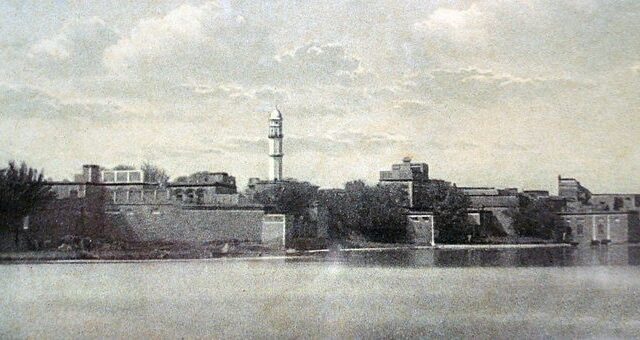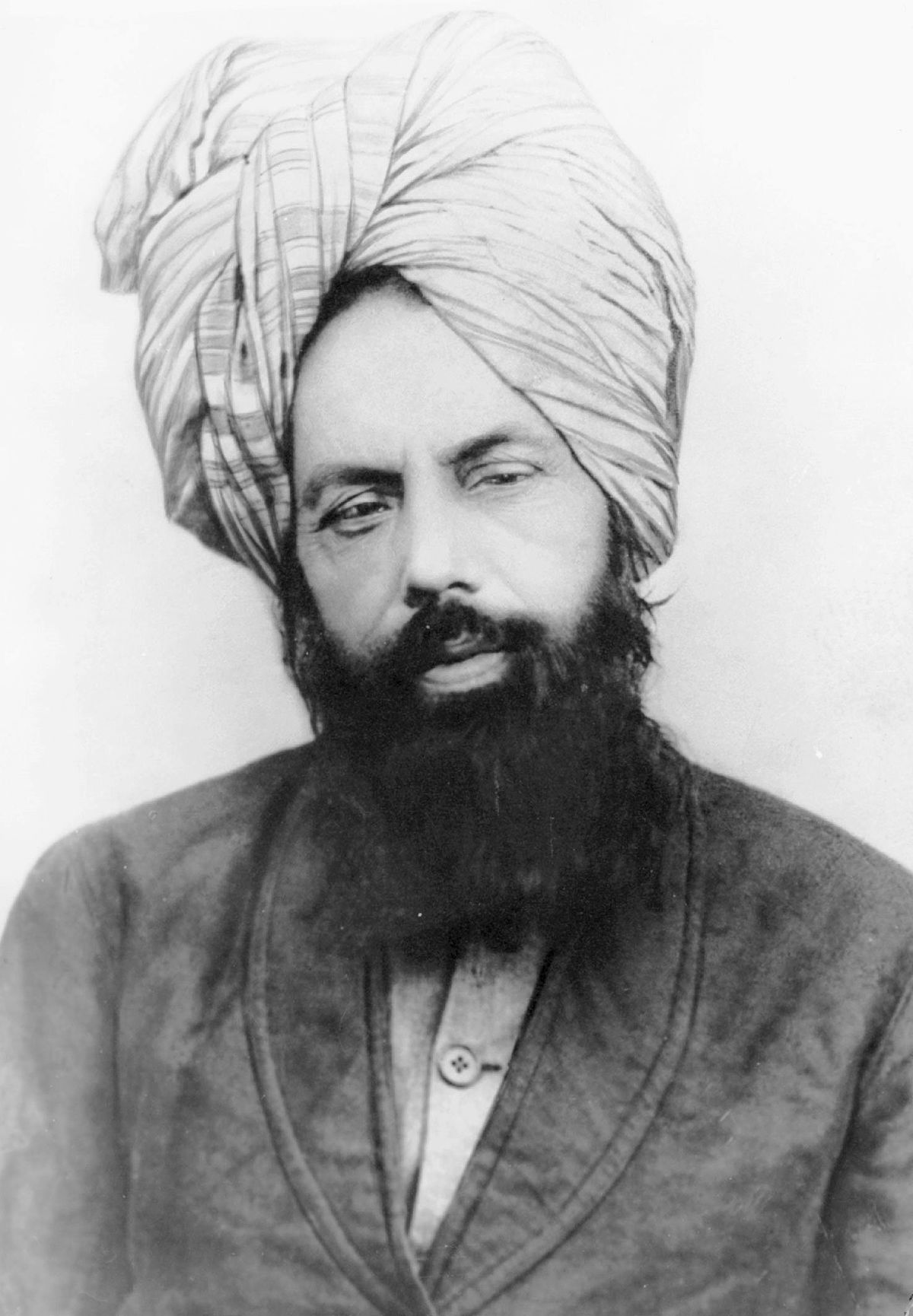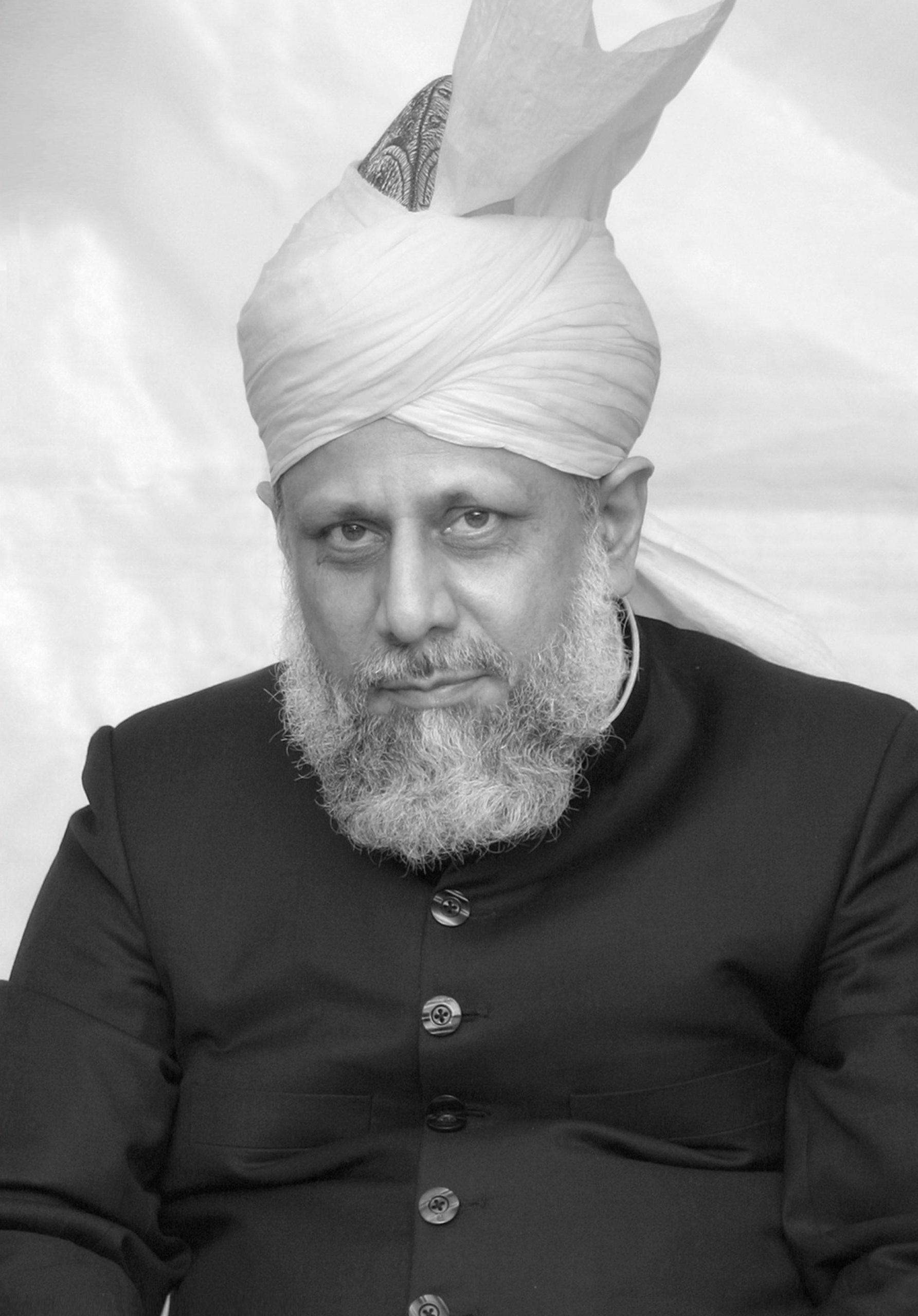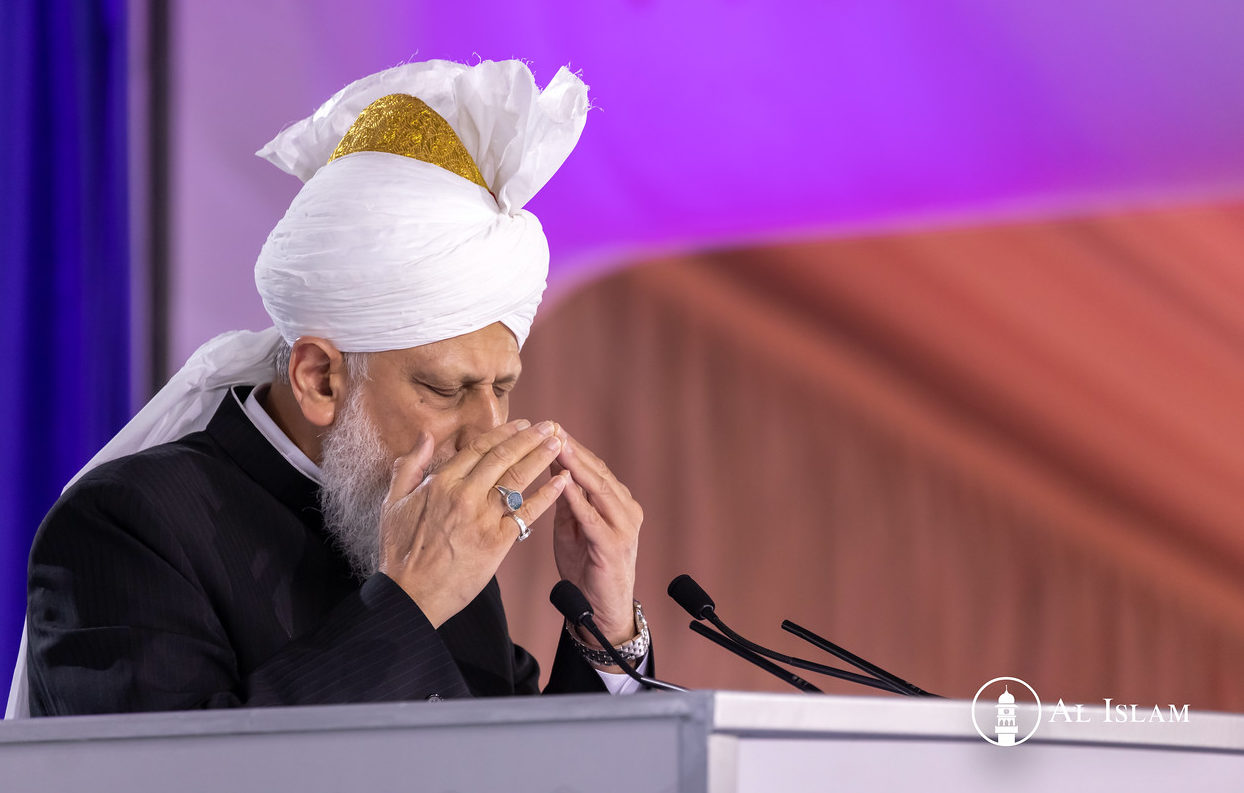While the transformation of Jalsa Salana from a humble gathering to a global event itself serves as a Divine sign, yet another aspect of its history offers an even more emphatic testimony to the existence of God.
HUSAM AHMED SHAFEEQ
DECEMBER 28, 2023
It might have sounded ridiculous to the onlookers.
For a man of no worldly worth living in a small hamlet in a remote part of the world to proclaim that he would become the focal point of global attraction indeed constituted an impossible claim.
It was hence beyond coincidences that people actually started flocking to Qadian from different and distant tracks to see Hazrat Mirza Ghulam Ahmadas, the Founder of the Ahmadiyya Muslim Community, even in the face of extreme difficulties and hardships.
This grand fulfilment and its recurrence every year during Jalsa Salana – the Annual Convention initiated by Hazrat Ahmadas – where individuals from every corner of the world gather in Qadian, truly bear witness to his truthfulness.
While the transformation of Jalsa Salana from a humble gathering to a worldwide event witnessing a global participation of thousands in itself serves as a Divine sign, yet another aspect of its history offers an even more emphatic testimony to the truthfulness of Hazrat Ahmadas, and as such, to the existence of God.
The call for a spiritual contest and the first Jalsa Salana
It all started with a challenge.
In 1891, Hazrat Mirza Ghulam Ahmadas penned a treatise titled The Heavenly Decree addressing the Muslim clerics who were the staunchest of his opponents and had issued edicts of ‘kufr’ (disbelief) and heresy against him on account of his claims. He invited them to a spiritual contest so that the issue of which party was the righteous would be settled once and for all, by God Himself.[1]
Laying down four criteria to determine the righteous, Hazrat Ahmadas detailed the modus operandi of the contest and fixed a period of one year as the time frame within which the result should become manifest. He stated that his loss should be interpreted as evidence of his fraudulence and the falsehood of all his claims[2]. Furthermore, he offered to publicly acknowledge his deceit if the outcome of the contest transpired against him. Nevertheless, he proclaimed with utmost certainty that he would surely emerge as successful for he had the help and succour of the All-Powerful God.[3]
Hazrat Ahmadas also proposed to establish a board, whose members would act as judges in the contest. To take counsel and further deliberate on the formation of this board, Hazrat Ahmadas called the members of his Community to come to Qadian. Subsequently, a convention comprising 75 devotees took place in Masjid Aqsa on 27 December 1891. During the program, one of his companions Maulana Abdul Karimra of Sialkot read out the treatise The Heavenly Decree. A discussion then followed on how to select the members of the proposed board. It was unanimously decided that the treatise be published first so as to understand the stance of the opponents after which, the members of the board could be appointed with the consent of both parties. This convention marked the first Jalsa Salana of the Ahmadiyya Muslim Community.[4]
Quantifying the efficacy of prayers
The third sign mentioned by Hazrat Ahmadas in the book, that acts as an ideal criterion to identify a perfect believer, was to evaluate the acceptance of one’s prayers. As a method for testing this sign, he proposed that the board would publish a general announcement to procure people, irrespective of their religion, suffering from various afflictions that may be extremely grave in nature. These individuals would be distributed between the two parties, who would then pray for their respective groups for a period of one year, seeking alleviation of their suffering through Divine intervention.[5]
While this contest would be decisive in determining the righteous from among the two parties, it would also serve as a convincing proof for the existence of God, particularly for those who do not believe in Him, and likewise, consider the phenomenon of prayer as a meaningless exercise. Hazrat Ahmadas said:
“The Naturalists of this age appear to suffer from doubts and misgivings that there is no such thing as acceptance of prayer, since nature has from the outset divided things between the possible and the impossible. Such apprehensions are totally baseless. The truth is that just as the All-Wise has imbued medicines with efficacy, in spite of the regulations of the laws of nature, so has He invested prayers with their effects that are always proven by actual experiences.”[6]
In the context of contemporary demands to scrutinise the power of prayer through experiments, the proposed test by Hazrat Ahmadas becomes noteworthy for its methodical approach that incorporated the modern principles of experimentation and sought to ensure a process that left no room for ambiguity regarding its outcomes.
The process of selecting individuals facing tribulations and distributing them between the two parties by drawing lots aimed to meticulously randomise the sample. Similarly, the parameter set to mark a distinction between the two groups was so stringent that it far surpassed the most conventional principle of control in scientific experiments. Hazrat Ahmadas stated in this regard that if nearly all of the thousand individuals allocated to one party are cured with the exception of a fifty or so, while the exact opposite happens with the other party with only around a fifty being spared, then a clear differentiation would be established[7]. Moreover, the method also held statistical relevance for the substantial sample size it proposed and maintained impartiality through the thorough documentation of the whole procedure, which was to be facilitated by the oversight of the board. Above all, Hazrat Ahmad’s readiness to declare himself an imposter if the results fell short of his predictions vividly reflects his confidence in the authenticity of his claims.
Unsurprisingly, the opponents – intimidated by the certitude emanating from the words of Hazrat Ahmadas – did not muster the courage to respond to him, let alone accept his challenge. In fact, the mere proposition of such a rigorous challenge in itself testifies to the conviction one must possess in the efficacy of prayer. Hazrat Ahmadas says:
“My dear people, know that unless someone has the support of the Lord of Heaven, no one can ever exhibit the courage to stand up steadfastly against the world. Nor can anyone make such claims as are beyond his power. Can anyone who steadfastly stands up to the world do so by himself? Never, unless he stands with the support of an Unseen Hand, and is under the protection of the Almighty in Whose power lies the heaven and the earth, and the body and the soul.”[8]
Suffice it to say, it is only the prerogative of God’s elect to put forth such an uncertain test and risk the veracity of their entire claims on its outcome. Man, on his own, cannot summon the determination required for it. Such resolve can only be sourced from God.
A life that confirms Divine existence
What would constitute a better manifestation of God than the manifestation of His signs? And who could epitomise a better manifestation of His signs than His chosen ones?
The life of prophets, marked by miraculous events and innumerable instances of extraordinary nature, stands as the most compelling evidence for God’s existence, bearing the imprint of a Power that is capable of transforming the impossible into the undeniable.
As a prophet of God, Hazrat Mirza Ghulam Ahmadas reflected the grandeur of God in every aspect. With God’s guidance, he demonstrated numerous signs, prophesied events that were fulfilled in due course, and showcased countless instances of acceptance of prayers, where people declared untreatable by doctors miraculously recovered.
An analytical study of his life, especially with regard to such occurrences where his prayers were answered in the most unexpected circumstances, would serve as a definitive proof for the existence of God, and likewise, for the effectiveness of prayer.
END NOTES
[1] The Heavenly Decree pp. 27-28
[2] Ibid pp. 24-28
[3] Ibid pp. 37-38
[4] Tarikh e Ahmadiyyat v. 1 pp. 439-440
[5] The Heavenly Decree pp. 29-31
[6] Ibid p. 33
[7] Ibid p. 33
[8] Ibid p. 42












1 Comment
Sayeda · January 6, 2024 at 11:13 am
MashaAllah.. very informative. Didn’t know about this aspect of the history of Jalsa salana.